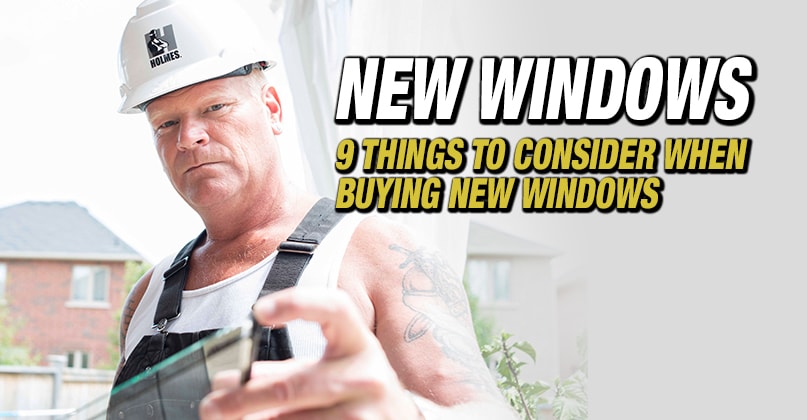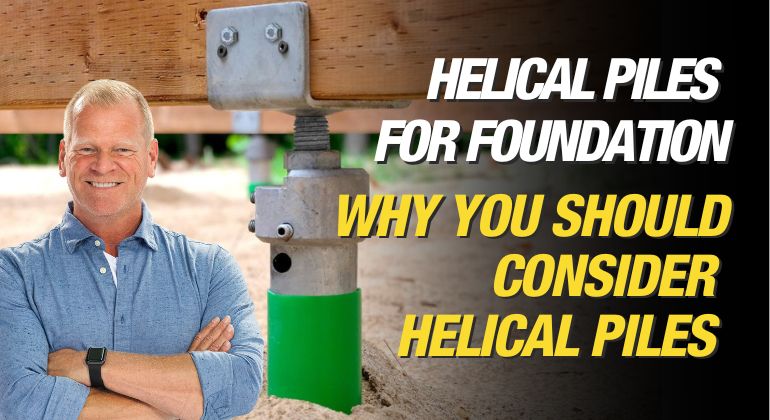Cleaning gutters is one of those chores most homeowners dread—and often put off—but it’s an essential part of protecting your home. Installing gutter guards can significantly cut down on...

6 Types of Exterior Building Envelopes
By Mike Holmes
Mike’s Advice / Outdoor Renovations
Wednesday, January 22nd, 2020 @ 11:59am
Protecting Your Home From the Outside-In
I always suggest that homeowners maintain their homes from the outside-in. Your roof and the exterior are two critical elements in the protection of your home (and investment) from the wind, the rain, and the snow – from getting into your home. The siding or choice of exterior envelope not only can make your home appealing, but it also offers some much-needed defence against penetrating weather. By re-siding your house with new material, you are extending the lifespan of the exterior of your home. It can also raise the value of your home at the same time as increasing the curb appeal. It is also an excellent opportunity to add extra insulation if you need it, which can help cut down on energy costs. No matter what material you choose, you need to make sure you install a weather-resistant barrier beneath and flashing around the windows and doors.
There’s not one siding for all occasions. The climate where you live will play a significant factor in which kind of siding you should choose for your home. What works in a hot environment may not work well in a wet and humid area, and vice-versa. Here are a few options to look at when it’s time to re-side your home. These aren’t your only choices, so before you call in the contractor, take some time to explore all your options and find what will work best for your home.
6) Spray Cork
This is a spray-on coating made out of cork – and will adhere to any surface like wood, brick, stucco, and aluminum siding.
This can really enhance the exterior of your home – you’ve got 30 colours to choose from! And it’s great for efficiency – you can save between 10-50% on your energy bills with this stuff.
Spray cork features:
- natural thermal barrier
- water-based product using natural and renewable resources
- it expands and contracts with the climate
- zero flame spread
- water-resistant
5) Vinyl
Vinyl siding comes in a wide range of quality and styles. If you choose the right quality vinyl siding, it should last no matter the climate. Cheaper vinyl can get damaged by either extreme heat or cold and bend or crack with fluctuating weather. Make sure your installers leave some breathing room, generally ¼”, between the nailheads and the siding to avoid buckling when the temperature gets hot. If you live in a colder area of the country, there are insulated vinyl options that can help protect against wind, rain, and snow and increase the R-value of your home. If the vinyl siding isn’t insulated, it is a good idea to have your installer add a layer of foam sheathing, and of course, a moisture barrier is essential to preserving the integrity of the siding.

Often when you are replacing old siding you may need to re-sheath the substrate your house with new plywood.
4) Wood or Engineered Wood
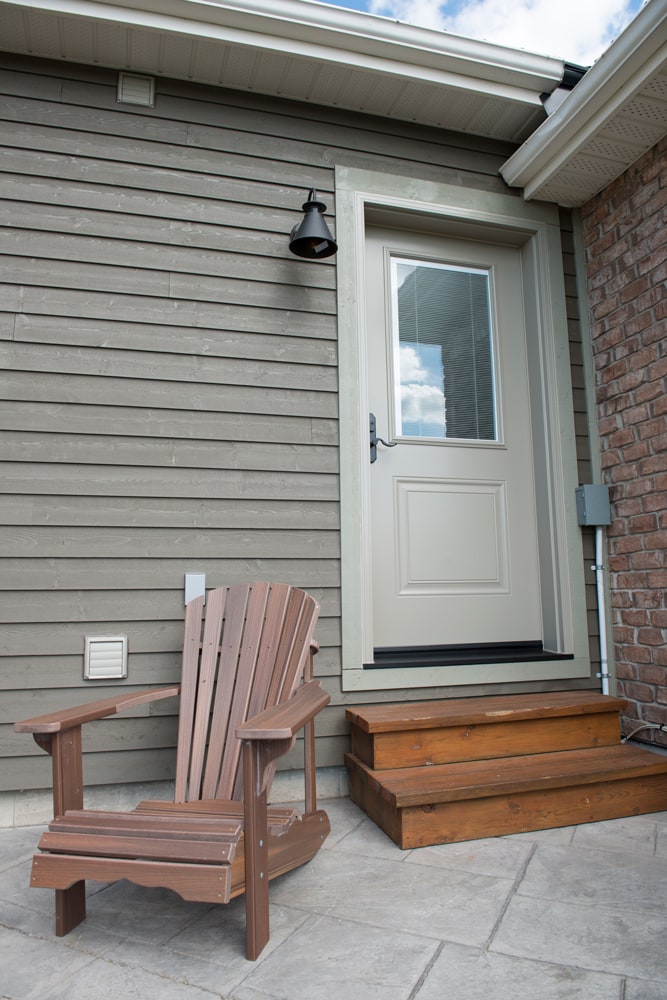
Wood looks but keep in mind as it requires regular maintenance with a repaint or stained every 3 or 4 years unless you go for cedar or redwood.
Wood is one of the oldest siding materials available and comes in a variety of styles, like shingles, clapboards, board-and-batten panels or tongue, and groove planks. It looks beautiful; it’s easy to install; it’s a renewable resource, and it’s not too expensive. However, wood siding has its drawbacks as it requires regular maintenance with a repaint or stained every 3 or 4 years unless you go for cedar or redwood, which are naturally weather and insect resistant.
Remember to look for sustainably sourced wood that is certified by the Canadian Standards Association, the Forest Stewardship Council or the Sustainable Forestry Initiative. This certification guarantees that the products come from sustainably harvested wood, rather than being cut from old-growth forests.
There’s also engineered wood siding, like Maibec, which is beautiful and I love it. This product comes with a 50-year warranty against decay and a 15-year warranty on the stain. I’ve used it on many projects, however, it will cost you a bit extra but in the long run, it might be the best decision – as it will last for a long time and require very little maintenance.
READ NEXT:
3) Stucco
Stucco is a mixture of sand, cement, lime, and water; when mixed and applied correctly can provide additional insulation to your home. What you want to avoid is having stucco right next to a build-up of snow. It doesn’t handle a lot of moisture well, which is why you’re more likely to see stucco homes in a warm, dry climate.
To prevent stucco from crumbling due to excess moisture, you need to control the air and moisture behind the finish. No matter what system you use, as long as you have a good moisture barrier between the stucco and its substrate material (what the stucco is applied to), it will help prevent water from hitting that material. If moisture gets trapped there, it will start to break down the substrate material, as well as cause the stucco to begin crumbling.
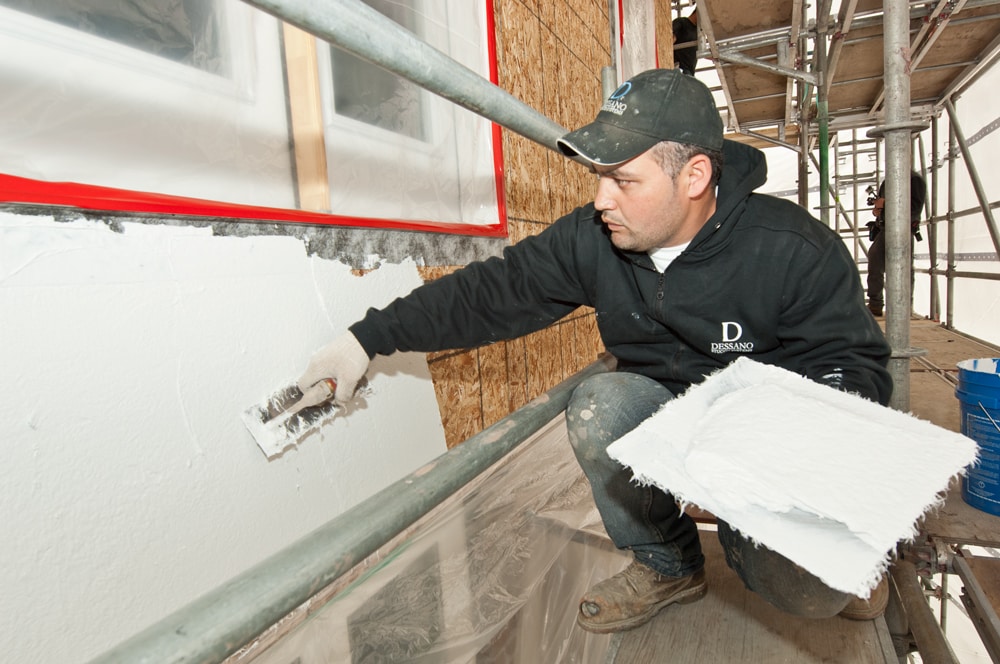
As an extra defence against water, you will want to leave about 8” of space between the ground and your stucco to account for snow accumulation in the winter.
You want to prevent snow from resting directly against the stucco, potentially allowing moisture to penetrate the material.
2) Fibre-Cement Siding
Fibre-cement siding, is composed of sand, cement, and cellulose fibers. This is an excellent choice for an all-purpose siding. It’s resistant to salt air and humidity – so if you’re along the coast, a fiber-cement sided home will protect better than other materials. Even if you’re not near the water, it protects against cracking and is pest and fire-resistant. It’s also suitable for hot or cold climates as it works well to prevent heat transfer from your home. However, there are some drawbacks – it’s expensive, plus it’s heavy and difficult to cut and install – you must hire a pro with plenty of experience.
RELATED
1) Masonry
You might not think it, but brick is considered a type of siding material. Brick is great because it’s durable and weather-resistant. It’s a porous material, so if you don’t have the proper vapor barrier or air barrier between the sub-straight and the brick, you may wind up with a water problem. It is a vital step! If your home gets a lot of direct sunlight, brick siding can help keep that extra heat out in the middle of summer.
Typical brick maintenance will require repointing.
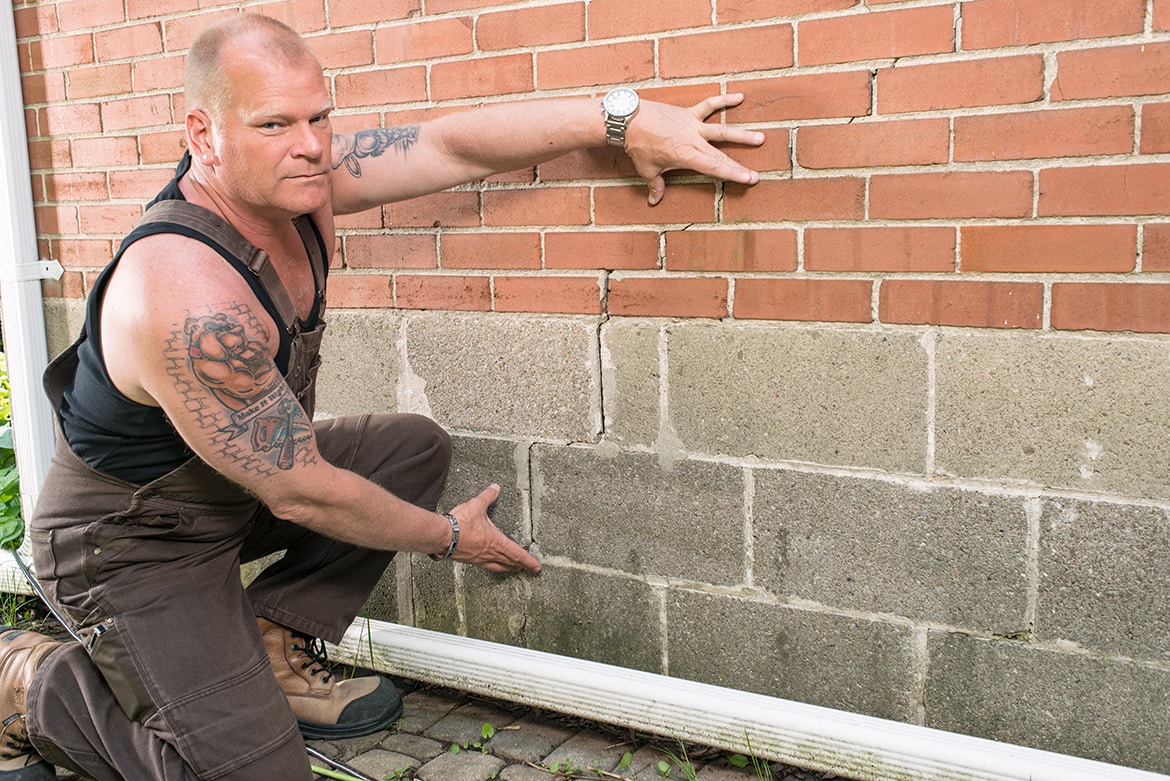
Repointing involves replacing the old, worn-out mortar with new mortar, but when properly maintained, your brick should last a long time.
As with stucco siding, account for snow accumulation, leaving space between the ground and your masonry.
No matter what type of siding or exterior envelope you choose, installation is key to its durability and performance. Poor installation can lead to rot and mold and a voided siding warranty if the product is improperly installed. Correct installation usually means installing a weather-resistant house wrap over the sheathing, below an exterior cladding so moisture can escape as well as waterproof wrap around windows and door jams so moisture can’t reach the structure below. Vertical or horizontal strapping is added on top of the sheathing to allow for air movement, so any water that gets in behind the cladding can evaporate.
I’ve been telling people for years that you’ve got to build according to the environment. Building needs will vary according to the region, and if you build with that in mind, you’ll have a home that’s safe, strong, and built to last.
READ NEXT:


